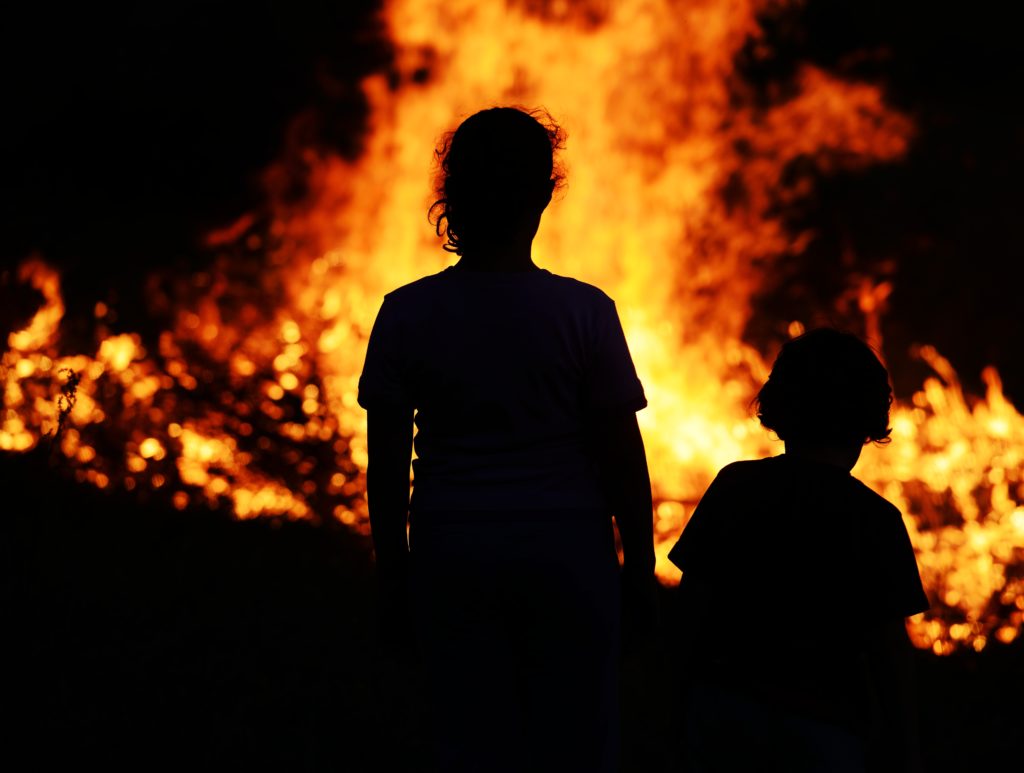Now, in new research from the University of South Australia, researchers have explored the growing uncertainty faced by children aged 0-8 years in disaster zones, finding that early childhood teachers hold a vital role in supporting children dealing with trauma.
Globally, nearly 535 million children – nearly one in four – live in countries that affected by conflict or disaster, with hundreds more displaced as they seek safe refuge overseas. Today, many families and children are integrated into Australian schools, bringing with them many experiences of personal trauma.
Lead researcher, Professor Marjory Ebbeck, says we must not underestimate the role that an early childhood teacher plays in securing the emotional development of a child.
“Teachers hold a unique place for a young child. Outside their family, they’re one of the most trusted and familiar faces who, in their role as a teacher, provide a welcoming and secure environment for the child to learn and develop,” Prof Ebbeck says.
“When young children are confronted by trauma – whether through natural disasters such as Australia’s bushfires, or manmade disasters such as conflicts in the Middle East – they carry all their worries, confusion and emotions with them, and that’s where teachers need to be prepared.
“Unfortunately, despite the push from international agencies to include the needs of children in disaster preparation and risk reduction strategies, few have filtered down into education programs, which means there are still large gaps in the system.”
Right now, many early childhood teachers will be caring for young children who have lost their homes and precious possessions due to the fires across NSW and Queensland. No doubt, these teachers are doing everything they can to support their students, but as Prof Ebbeck says, they may not have the the right training to be successful.
In lieu of a child-specific national disaster strategy, Prof Ebbeck says there are many things teachers in childcare, preschool or early primary school can do to prepare.
“Helping a child through an emergency or trauma requires a holistic approach that not only encompasses socio-emotional development but also practical strategies, both pre, during and post emergency,” Prof Ebbeck says.
“Educating children about emergencies is essential and teachers should involve their class in practice sessions so that in the event of a real emergency, children will know what to do. It’s important for children to have confidence in their teachers’ ability to keep them safe.
“Part of this is about being aware of what’s happening in the world – teachers can use current events to educate children in their environmental studies classes.
“Safety of children and teachers is always paramount. It’s critical that teachers know their school’s emergency plan, evacuation procedures, and understand how they should respond in specific events, such as bushfires.
“Of course, communication is vital. Keeping parents informed about what their children are learning is important, especially in the case of a real emergency. It also helps create a circle of trust between parents, children and teachers.”
Today, with more than 600 schools and colleges closing their doors today due to bushfires in NSW and Queensland, Prof Ebbeck says teachers should be prepared to support children who may have suffered.
“There are several strategies teachers can use to help children reintegrate into the school environment,” Prof Ebbeck says.
“We recommend:
- Checking in with the child’s parents – make sure they have enough of the essentials – food, clothing, and somewhere to stay.
- Making sure your classroom is safe, both physically and emotionally – familiar and welcoming surroundings create a sense of security and belonging for children.
- Listening to children – don’t avoid difficult questions. Children are curious and need to work through their worries and concerns.
- Delivering consistent and predictable routines – children love routines. Having a safe, predictable environment creates stability and security.
- Checking in on friendships – make sure the child is still engaging with their peers and friendships helps them build confidence, and well-being.
- Providing opportunities for expression – dramatic play and artwork enable children to freely express and explore their feelings.
- Maintaining trust– building secure relationships are essential. A trusting, caring environment provides the best basis to build self-esteem and resilience.
“There’s no doubt the role of the teacher is complex, especially when their students and community are confronted by trauma or disaster.
“And, while we cannot prevent disasters from happening, understanding more about what teachers can do to prepare for and respond to an emergency situation, can certainly help.”
………………………………………………………………………………………………………………
Media: Annabel Mansfield: office +61 8 8302 0351 | mobile: +61 417 717 504 email: [email protected] Researcher: Professor Marjory Ebbeck: email: [email protected]
NOTES FOR EDITORS: Examples of international trauma, including images drawn by young children are included within the attached research paper.
Original post https://alertarticles.info


